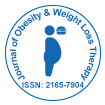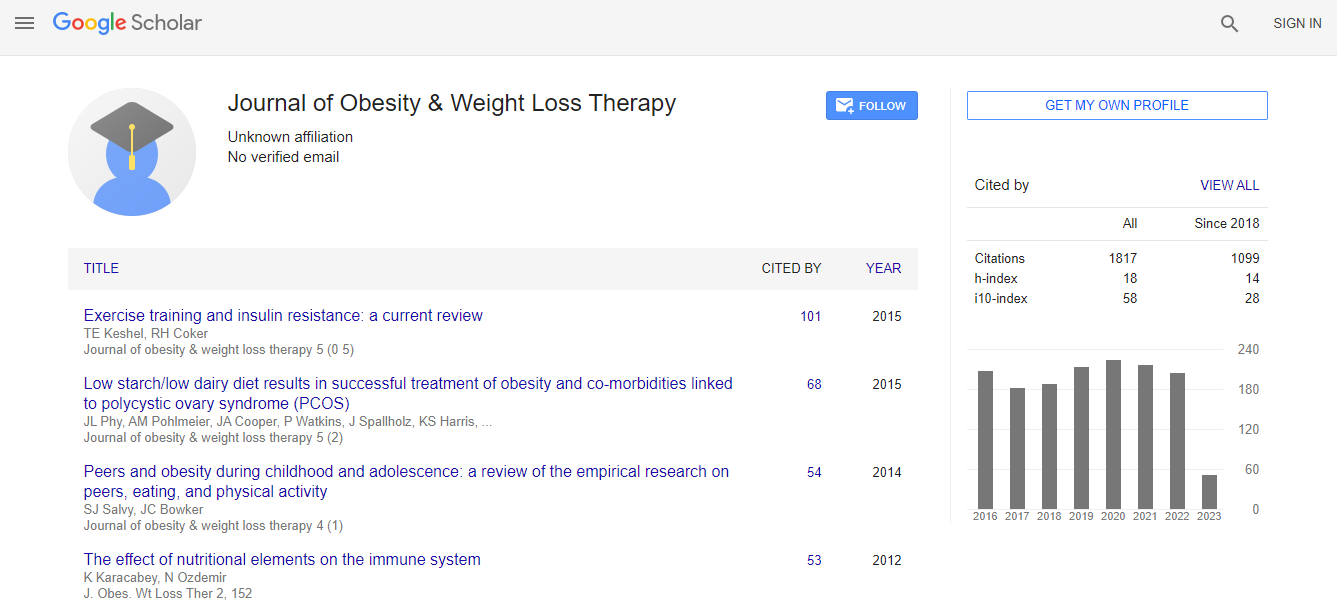Our Group organises 3000+ Global Events every year across USA, Europe & Asia with support from 1000 more scientific Societies and Publishes 700+ ������ Journals which contains over 50000 eminent personalities, reputed scientists as editorial board members.
������ Journals gaining more Readers and Citations
700 Journals and 15,000,000 Readers Each Journal is getting 25,000+ Readers
Citations : 2305
Indexed In
- Index Copernicus
- Google Scholar
- Open J Gate
- Genamics JournalSeek
- Centre for Agriculture and Biosciences International (CABI)
- RefSeek
- Hamdard University
- EBSCO A-Z
- OCLC- WorldCat
- SWB online catalog
- CABI full text
- Cab direct
- Publons
- Geneva Foundation for Medical Education and Research
- Euro Pub
- University of Bristol
- Pubmed
- ICMJE
Useful Links
Recommended Journals
Related Subjects
Share This Page
Milk consumption is associated with decreased insulin resistance in obese children and adolescents
4th International Conference and Exhibition on Obesity and Weight Management
Zeynep Caferoglu, G Erturk and N Hatipoglu
Erciyes University, Turkey
Posters-Accepted Abstracts: J Obes Weight Loss Ther
DOI:
Abstract
Background & Aims: It has been postulated that higher dairy consumption reduces the risk of many chronic diseases, especially obesity and metabolic syndrome. The aim of this study was to determine the association between the frequency of milk consumption and insulin resistance (IR) in obese children and adolescents. Method: A cross-sectional study was conducted among 136 obese subjects aged 6-17 years. Milk consumption was assessed using a food frequency questionnaire. Total energy was measured using three day diet records and physical activity was evaluated for last week. Fasting concentrations of insulin and glucose were determined and a value of homeostatic model assessment of IR was calculated using these parameters. Binary logistic regression models was used to estimate multivariable odds ratios (ORs) and 95% CIs comparing different frequency of milk consumption with adjustment for potential confounding variables. Results: The mean age and body mass index of the participants (55 males) were 11.5�?±2.8 years and 27.6�?±4.3 kg/m2, respectively. Also, the mean daily energy intake was 2102�?±627 kcal among obese children and adolescents. After adjustment for age, sex, daily energy intake and physical activity level, the multivariable ORs comparing highest with lowest intake categories were 0.404 (0.181-0.903) (0.027) for milk consumption. Conclusion: The results suggest that frequent consumption of milk (more than five a week) may be associated with lower IR among obese children and adolescents.Biography
Zeynep Caferoglu has completed her MSc from Erciyes University and has been continuing PhD education at Hacettepe University. She is a Research Assistant at Erciyes University. She has published several papers related to nutrition and dietetics in journals.
Email: zeynepcaferoglu@gmail.com

